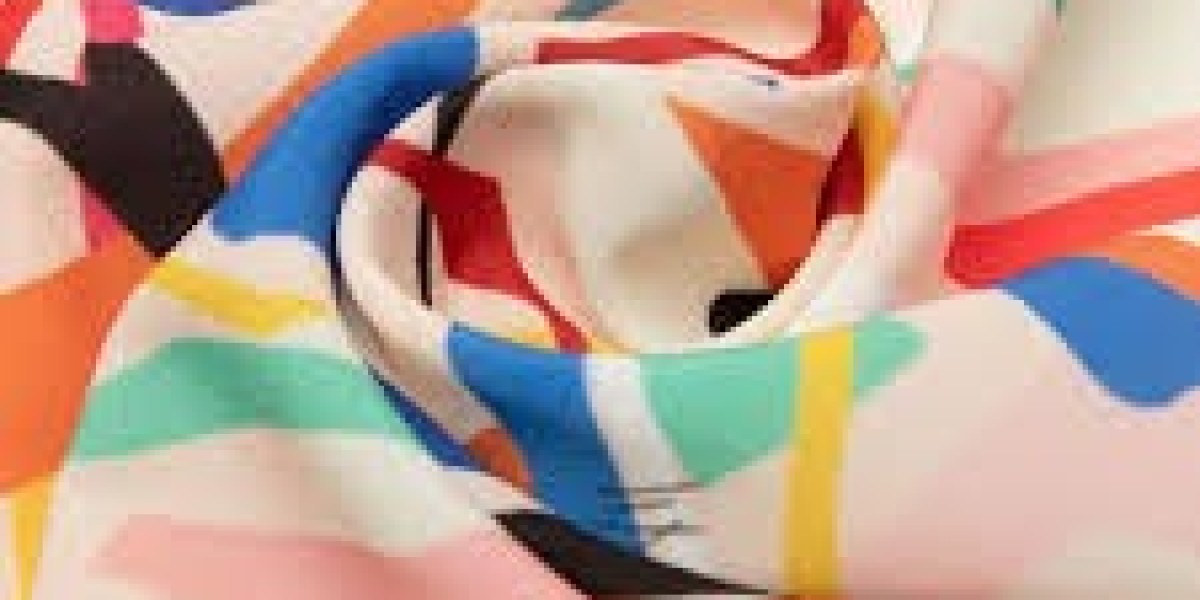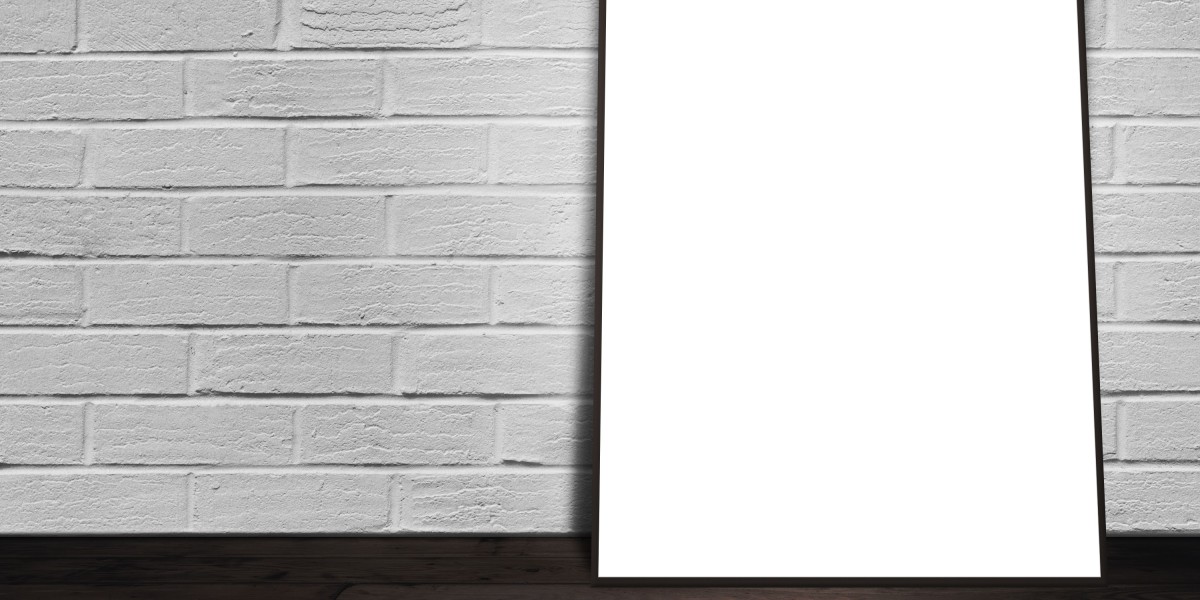In the ever-evolving world of textiles, custom digital printing on fabric has emerged as a groundbreaking innovation that blends creativity, precision, and technology. This modern printing method allows designers, artists, and businesses to reproduce intricate designs, photographs, and patterns directly onto fabric with stunning clarity and vibrant color. Unlike traditional printing techniques that rely on screens or plates, digital printing uses computer-controlled inkjet printers that deliver digital designs straight onto textiles.
This process not only enhances visual quality but also empowers creators to produce personalized, small-batch, or large-scale designs with remarkable efficiency. Whether it’s for fashion garments, home décor, or promotional materials, custom digital printing offers flexibility, sustainability, and endless creative potential.
Understanding Custom Digital Printing on Fabric
Custom digital printing on fabric is a process that uses digital files—such as artwork, graphics, or photographs—and prints them directly onto textiles through advanced inkjet technology. The design is digitally processed and transferred onto fabric using specialized inks that bind seamlessly to the fibers.
This technique eliminates the need for screens, blocks, or rollers, which are commonly used in traditional printing. As a result, designers can easily make quick adjustments to patterns, experiment with colors, and achieve high-definition results.
The process allows complete creative freedom—no color limitations, no minimum order quantities, and no compromise on detail. This makes it ideal for everything from fashion designers testing new collections to interior decorators creating custom upholstery and drapery.
The Process of Custom Digital Fabric Printing
To understand how digital printing revolutionizes textile design, it’s important to look at the step-by-step process involved in creating a custom printed fabric.
Design Preparation
The journey begins with the creation or selection of a digital design. This design could be an artwork, logo, or pattern saved in formats such as JPEG, TIFF, or PNG. The file is color-calibrated and prepared for printing to ensure the design appears vibrant and accurate on the chosen fabric.
Fabric Pre-Treatment
Before printing, fabrics are treated with a special coating that helps the ink absorb properly and ensures color fastness. This pre-treatment process enhances print quality and durability.
Printing
The prepared fabric is then fed into a digital textile printer. These printers use advanced inkjet technology to spray microscopic droplets of ink directly onto the material. Depending on the type of fabric, different inks—such as pigment, reactive, or sublimation—are used for optimal results.
Fixation
Once printed, the fabric undergoes a fixation process, which may involve steaming, heating, or curing. This step helps the inks permanently bond with the fibers, ensuring long-lasting prints that resist fading.
Finishing
Finally, the fabric is washed and finished to remove any excess coating or ink residue. The end result is a beautifully printed textile with crisp lines, rich hues, and a smooth texture.
Benefits of Custom Digital Printing on Fabric
Digital printing on fabric offers numerous advantages that set it apart from traditional printing methods.
Endless Design Possibilities
There are no limitations to the number of colors or design complexity. From high-resolution photographs to abstract patterns, any digital file can be reproduced with precision.
Eco-Friendly Process
Compared to screen printing, digital printing is significantly more sustainable. It consumes less water, uses non-toxic inks, and minimizes fabric waste, aligning with global efforts toward greener manufacturing.
Cost-Effective for Small Batches
Because it eliminates the need for screens or plates, digital printing is ideal for small production runs or sample collections. It allows designers to produce limited-edition pieces without high setup costs.
Fast Turnaround Time
The streamlined digital workflow reduces production time dramatically. Once a design is finalized, it can be printed immediately, making it perfect for fast fashion and on-demand production.
Superior Print Quality
Digital printing produces sharper details, smoother gradients, and vibrant colors that remain consistent across batches. The results are professional, detailed, and visually striking.
Applications of Custom Digital Printing on Fabric
Custom digital fabric printing is used in a wide range of industries, from fashion to home décor and beyond.
Fashion Industry
Designers use digital printing to create unique textiles for dresses, scarves, shirts, and accessories. It allows for rapid prototyping, limited-edition collections, and personalized designs tailored to specific customer preferences.
Home Furnishing
Digital printing is popular in home décor for items like curtains, cushions, tablecloths, and upholstery fabrics. It enables homeowners and interior designers to match color schemes and create one-of-a-kind spaces.
Promotional and Corporate Branding
Companies use digital printing to create branded fabrics for exhibitions, events, and product packaging. This helps businesses stand out with custom designs that reflect their brand identity.
Art and Custom Creations
Artists and hobbyists often use digital printing to transfer their digital artworks onto fabrics, transforming creative ideas into tangible textile products.
Different Types of Digital Fabric Printing
The method of digital printing used depends on the type of fabric and the desired result.
Sublimation Printing
Ideal for polyester fabrics, sublimation printing uses heat to transfer dye onto fabric. It produces bright, durable prints that are resistant to washing and fading.
Reactive Printing
Used for natural fibers such as cotton and silk, reactive printing delivers rich colors and soft textures. The dyes chemically bond with the fabric for long-lasting results.
Pigment Printing
This method works well for both synthetic and natural fibers. It uses pigment-based inks that sit on the surface of the fabric, providing excellent color accuracy and sharpness.
Trends in Digital Fabric Printing
As technology continues to evolve, the digital printing industry is witnessing remarkable trends.
Sustainable Printing Practices
Eco-conscious production is a growing priority. Manufacturers are increasingly using biodegradable inks, reducing water consumption, and adopting energy-efficient printing systems.
On-Demand Production
Brands are moving toward made-to-order models, which reduce overproduction and minimize textile waste.
AI and Automation
Artificial intelligence is being integrated into printing systems for better color calibration, design prediction, and automated production workflows.
Hybrid Printing Systems
Combining digital and traditional techniques allows designers to achieve unique textures, effects, and finishes that were previously impossible.
Challenges in Custom Digital Fabric Printing
Despite its many advantages, custom digital printing also has some limitations.
Certain fabrics require pre-treatment for optimal ink absorption.
High-end printing machines and inks can be expensive for small businesses.
Maintaining consistent color calibration can be challenging without proper technical expertise.
Not all digital inks are suitable for all fabric types, which may limit material choices.
However, as digital printing technology advances, these challenges are gradually being overcome, making it more accessible and affordable for all.
Frequently Asked Questions
What makes custom digital fabric printing different from traditional printing?
Unlike traditional methods that use screens or stencils, digital printing transfers designs directly from a computer to fabric using inkjet technology. This enables detailed, multicolor designs with no setup costs.
Which fabrics are best suited for digital printing?
Digital printing works well on cotton, polyester, silk, linen, and blends. The choice of ink—such as reactive or sublimation—depends on the fiber type for the best results.
Is digital printing environmentally friendly?
Yes, it is one of the most sustainable textile printing methods. It reduces water consumption, uses eco-friendly inks, and minimizes production waste.
Can I print my own designs on fabric?
Absolutely. Custom digital printing allows individuals and businesses to print any digital design onto fabric, whether it’s for fashion, art, or décor.
How durable are digitally printed fabrics?
With proper fixation and care, digitally printed fabrics are highly durable and resistant to fading, maintaining their vibrancy even after multiple washes.
Conclusion
Custom digital printing on fabric represents the perfect blend of creativity and technology in modern textile design. It empowers artists, designers, and entrepreneurs to bring their visions to life with unmatched accuracy, speed, and sustainability. From high-fashion garments to personalized home décor, digital fabric printing has opened new horizons of design flexibility and eco-friendly production.
As innovation continues to shape the textile industry, digital printing will remain at the forefront—transforming how we design, produce, and experience fabrics. It’s not just a printing technique; it’s the future of textile customization and artistic expression.








